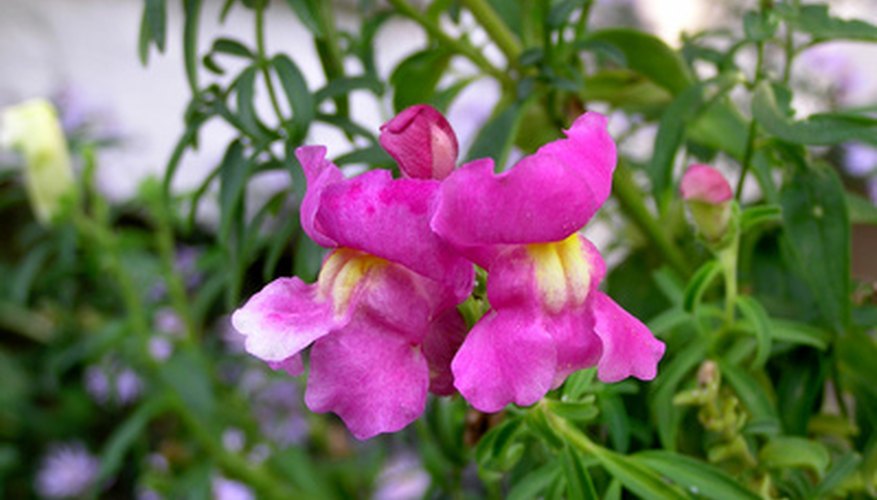Often, common garden flowers feature brightly coloured blooms to warn potential predators that the flowers are toxic. Snapdragons break this rule with brightly coloured yellow, orange, red and pink blooms. However, the plant is safe for wildlife, and gardening with snapdragons should present no concerns for pet owners or parents.
- Often, common garden flowers feature brightly coloured blooms to warn potential predators that the flowers are toxic.
- However, the plant is safe for wildlife, and gardening with snapdragons should present no concerns for pet owners or parents.
Toxicity
Two main types of snapdragons are grown in the United States. The lesser snapdragon (Antirrhinum orontium) and the garden snapdragon (Antirrhinum majus) are rated as non-toxic garden flowers by the American Society for the Prevention of Cruelty to Animals (ASPCA).
Animals
It is safe to plant snapdragons around horses, cats and dogs, according to the Animal Poison Control Center division of the ASPCA. These interesting shaped flowers present no concerns to any of these animal groups.
Other Wildlife
Not only do snapdragons pose no threats to popular pets, these plants help encourage wildlife activity in the garden. The snapdragon is one of many garden flowers known to attract butterflies, according to the National Gardening Association.
Herbal Medicinal Uses
In ancient times, the snapdragon was thought to protect a person against the working of a witch and was commonly used to ward off witchcraft activity. The leaves of the snapdragon are said to have bitter and stimulant properties, according to Botanical.com. Brews made from this common snapdragon were used as herbal tonics for ulcers and tumours.
